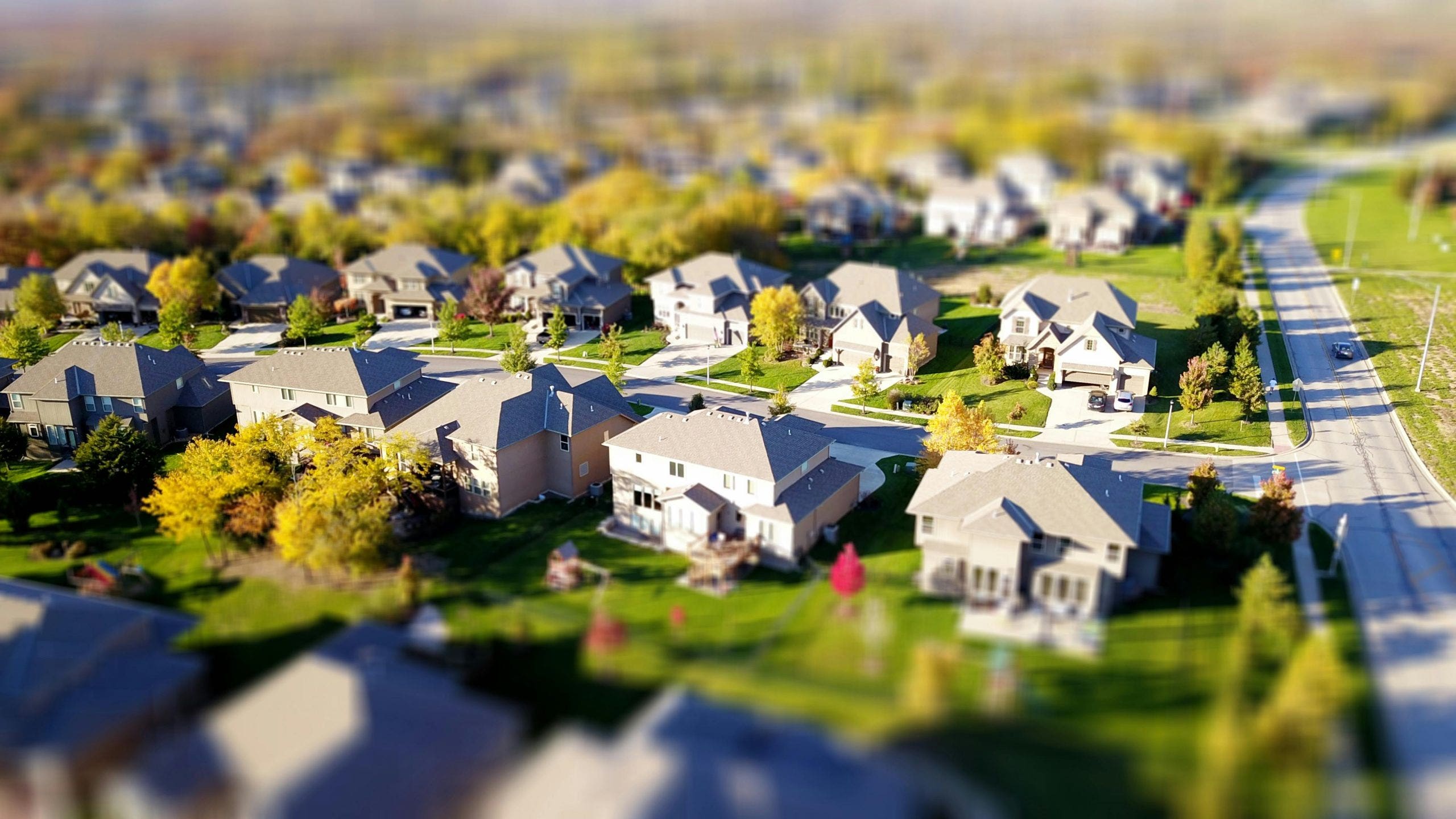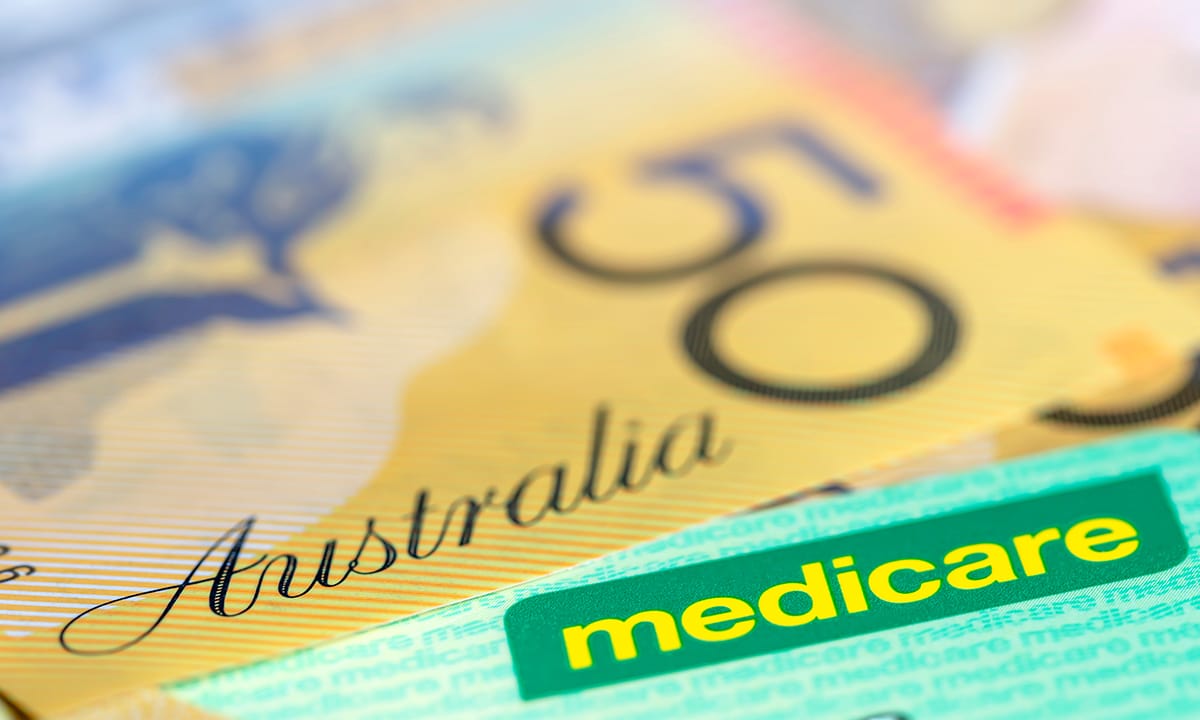Cost of renting in Australia has become one of the most pressing concerns for locals, expats, and international students alike. With property demand surging and vacancy rates hitting record lows, renters across Australia’s major cities are facing skyrocketing prices and fierce competition. Whether you’re eyeing a high-rise unit in Sydney’s CBD, a family home in Brisbane’s suburbs, or a cozy apartment near Adelaide’s cultural scene, understanding the rental landscape is crucial for making informed decisions. Cities like Sydney, Melbourne, and Brisbane lead the charge in rental prices, often reflecting broader economic shifts, migration trends, and infrastructure development across the nation.
In Sydney, for instance, weekly median rents have crossed $750 for houses and $650 for apartments, according to data from Domain and CoreLogic. Melbourne, though relatively cheaper, is catching up due to increased population growth and demand in outer suburbs. The Cost of renting in Australia varies dramatically depending on location, proximity to public transport, and property type. Sites like realestate.com.au and rent.com.au provide updated listings and suburb profiles, helping tenants explore rental options and identify price trends.
One of the critical drivers of rental inflation is the return of international students, with over 750,000 currently in Australia. Areas around universities in Perth, Brisbane, and Canberra have witnessed a sharp increase in rental demand. Meanwhile, short-term platforms like Airbnb have been linked to reduced long-term rental availability in popular tourist destinations such as Hobart and Byron Bay. Government data from ABS and the Reserve Bank of Australia shows that while property investment slowed due to high interest rates, rental demand has not subsided, adding upward pressure on prices.
Yet, there are still affordable havens if one knows where to look. Suburbs like Ipswich near Brisbane, Elizabeth in Adelaide, and Cranbourne in Melbourne’s southeast offer lower rent with access to transport and amenities. Cities like Adelaide, Hobart, and Launceston continue to attract renters seeking value without compromising quality of life. These regional options also appeal to remote workers and digital nomads looking to stretch their housing budgets while enjoying scenic living.
To navigate the complex Australian rental market, tenants need more than just listings—they need strategy. Being quick to apply, understanding tenant rights, negotiating lease terms, and even considering house-sharing can all impact your rental experience and affordability. Tools such as Tenants’ Union NSW and state tenancy websites offer legal guidance and support to renters, particularly first-timers and international newcomers. Knowing your rights, staying informed, and exploring alternative locations can help mitigate the financial strain and empower you to find the right rental for your needs.
Rental Prices Across Major Australian Cities
Sydney: Australia’s Most Expensive Rental Market
Sydney consistently ranks as the most expensive city in terms of rental costs. As of early 2025, the median weekly rent for a house in Sydney is $750, while apartments average around $650 per week. The Cost of renting in Australia is notably impacted by Sydney’s high demand and limited housing supply. Popular suburbs like Bondi, Surry Hills, and Newtown continue to attract professionals and students alike despite the soaring prices.
Melbourne: Competitive Yet Rising Market
Melbourne is slightly more affordable than Sydney but has witnessed sharp rental hikes. The median rent for houses is around $590 weekly, and $540 for units. The city’s popularity among students and migrants has intensified the competition. The Cost of renting in Australia in Melbourne is affected by urban sprawl and infrastructure improvements in outer suburbs like Werribee and Craigieburn.
Brisbane: Balanced Between Affordability and Growth
Brisbane’s median house rent currently stands at $580, with apartments averaging $500 per week. Its growing tech industry and lifestyle appeal make it a hot spot for interstate migration. Suburbs like Chermside and Carindale offer better value compared to inner-city neighborhoods.
Perth: A Recovery Market with Growing Interest
Once among the most affordable capitals, Perth is catching up. The median rent for houses is $620, and units average $480 weekly. Rental demand has increased with the rebound of the mining sector and international students returning.
Adelaide: The Underrated Gem for Renters
Adelaide offers one of the lowest median rents at $550 for houses and $470 for units. The city’s manageable size, job opportunities, and cultural scene add to its appeal.
Canberra: Government Jobs and High Demand
With its public sector-driven economy, Canberra has a median rent of $680 for houses and $610 for units. The city’s consistent demand and limited stock keep prices high.
Hobart and Darwin: Regional Fluctuations
Hobart’s median rent has reached $600 due to tight supply, while Darwin’s sits at $620 after a recent price rise. Though smaller markets, both cities reflect the broader national rental pressure.
Factors Influencing Rental Costs in Australia
Population Growth and Urbanization
The increasing urban population drives demand in major cities, directly affecting the Cost of renting in Australia. For example, Sydney and Melbourne have grown by over 1.5% annually, according to the Australian Bureau of Statistics (ABS), creating intense competition in housing.
International Student Influx
More than 750,000 international students reside in Australia, primarily in capital cities. Their housing demand pushes rental prices up, especially near universities in Sydney, Melbourne, and Brisbane.
Short-Term Rentals and Airbnb
The rise of short-term rental platforms like Airbnb has removed thousands of homes from the long-term rental market. Cities like Hobart have lost up to 20% of inner-city rentals, increasing the Cost of renting in Australia and reducing availability.
Interest Rates and Investment Trends
Higher interest rates have deterred new property investments, shrinking supply. The Reserve Bank of Australia’s ongoing cash rate of 4.35% (as of 2025) limits investor purchases, further tightening rental stock.
Wage Growth vs. Rent Inflation
While rents rose by 15–20% year-over-year in some regions, average wages increased only 4.2% in 2024. This disparity leaves many renters with fewer affordable options.
Public Transport Access and Infrastructure
Areas with new train lines or express bus routes, such as Brisbane’s Cross River Rail or Sydney Metro, see rising rents. Tenants are willing to pay a premium for improved commuting options.
Government Policies and Rental Caps
Only a few jurisdictions, like ACT, have implemented rent increase limits (e.g., 110% of CPI). Other states lack such controls, enabling landlords to increase rent freely.
Affordable Suburbs and Hidden Rental Gems
Ipswich (Brisbane): Affordable and Expanding
Ipswich offers median house rents around $420 per week, much lower than Brisbane’s city center. With new rail lines and development projects, it balances affordability with access. For families, it’s an attractive alternative given the Cost of renting in Australia elsewhere.
Elizabeth (Adelaide): Budget-Friendly Living
In Adelaide’s north, Elizabeth remains among the cheapest rental zones, with units renting for $350 weekly. Despite its lower profile, the area has good schools and public transport.
Cranbourne (Melbourne): Value in the Southeast
With house rents averaging $450, Cranbourne is a top choice for renters seeking space. The suburb has seen rapid growth, attracting young families and new immigrants looking for lower Cost of renting in Australia without moving far from the city.
Gosnells (Perth): Low Rents with Room to Grow
Located in Perth’s southeast, Gosnells’ average rent hovers around $400 per week. It provides a mix of nature, infrastructure, and budget-friendly housing for both individuals and families.
Logan (Queensland): Emerging Suburban Hub
Logan City has become a sought-after location, with rents ranging from $410–$450 weekly. Investment in infrastructure and schools has elevated its profile for tenants looking for value.
Queanbeyan (Near Canberra): More for Less
Just outside Canberra’s border, Queanbeyan offers houses at $580, often $100–$150 less than the capital. It’s popular with public servants commuting daily to the ACT.
Launceston (Tasmania): Regional Charm, Lower Rents
Rents in Launceston average $390 for units and $450 for houses. The city offers a relaxed lifestyle, access to nature, and is considered Tasmania’s best-kept rental secret.
Tips for Tenants Navigating the Australian Rental Market
Inspect Early and Apply Fast
Vacancy rates in cities like Sydney and Melbourne are below 1%, meaning rentals are snapped up quickly. Visit open inspections early and have your application ready, including references and proof of income, to improve your chances.
Use Rental Platforms Wisely
Websites such as realestate.com.au, Domain, and rent.com.au offer daily updates. Set alerts and filter by commute time or rental price to stay ahead. These tools help tenants monitor the Cost of renting in Australia across suburbs.
Understand Your Rights as a Renter
Each state has tenancy laws. For example, in Victoria, rent increases are allowed once every 12 months, while in NSW, it’s once every 6 months. Familiarity with laws ensures you’re not overcharged or unfairly evicted.
Negotiate When Possible
In slower markets or for older properties, landlords may be open to negotiation. Offer to sign longer leases (12–24 months) or pay a few months in advance to potentially lower your rent.
Look Beyond the CBD
Living a few train stops from the city can reduce your rent by up to 30%. For example, Sydney’s inner-west rents at $650+, while suburbs like Blacktown or Parramatta average $450–$500. The Cost of renting in Australia significantly drops the further you move from the center.
Review the Condition Report Thoroughly
Before signing, review and photograph everything mentioned in the property condition report. It protects you from disputes over bond returns when your lease ends.
Consider House-Sharing or Granny Flats
Shared housing reduces costs substantially. In Sydney, house-share rooms average $290/week, while granny flats can rent for $350–$400, offering private space at a fraction of full-house costs.




